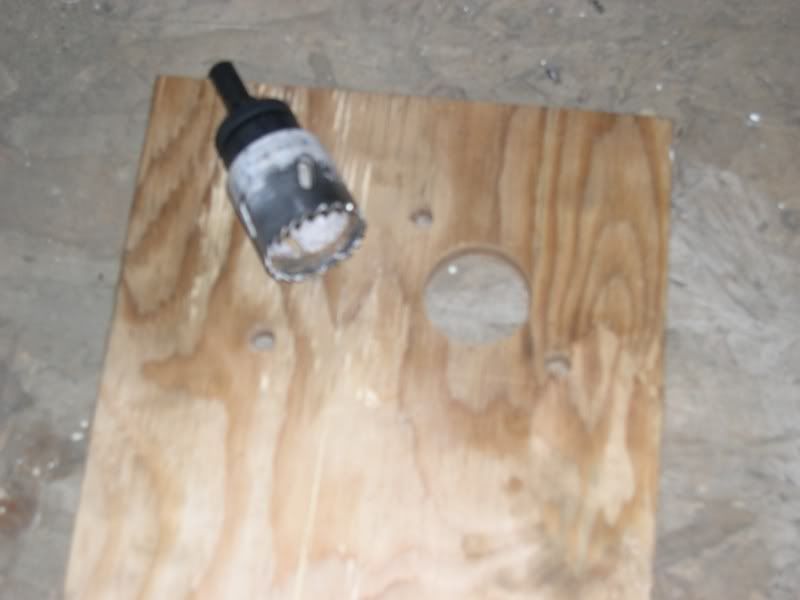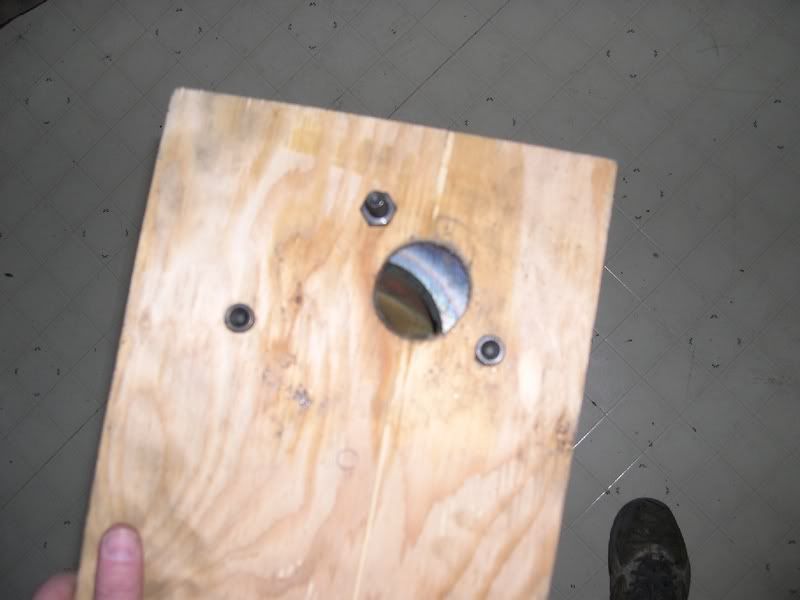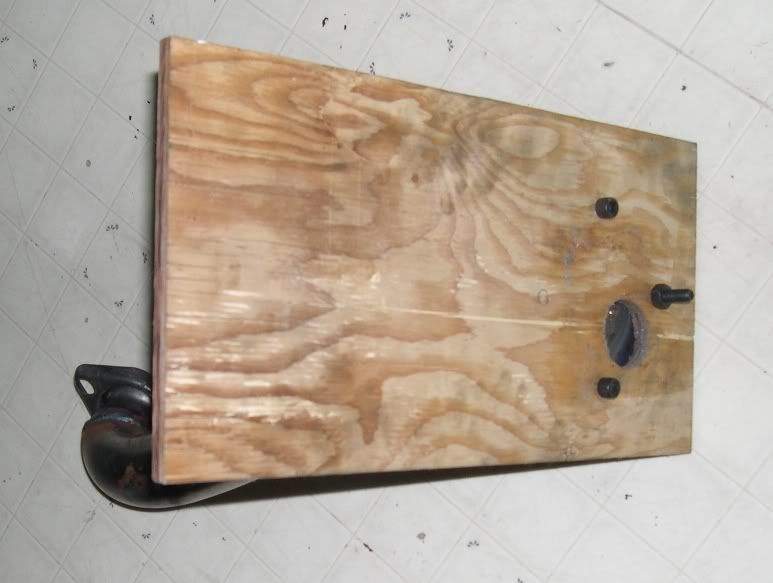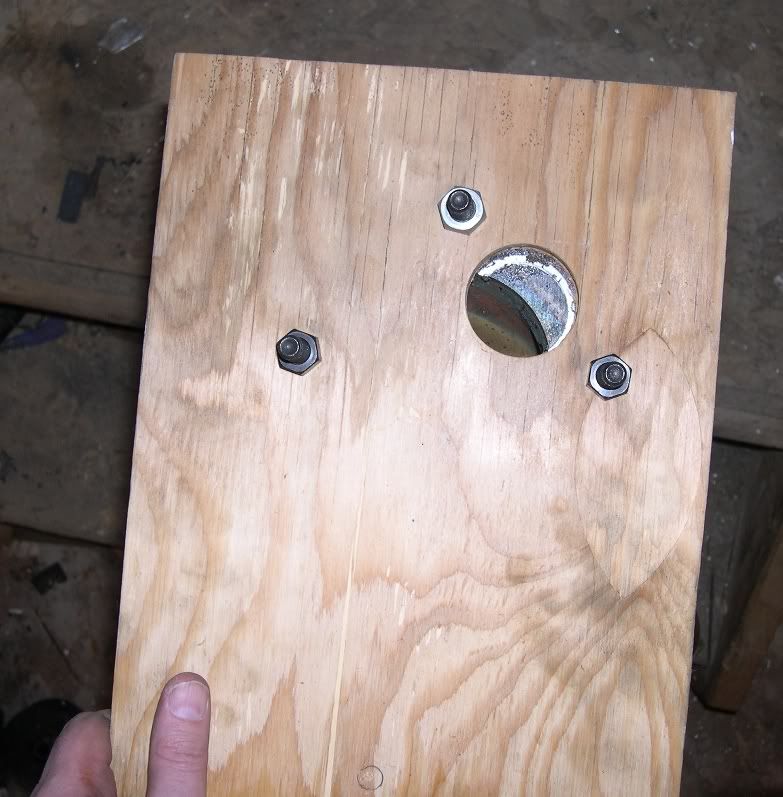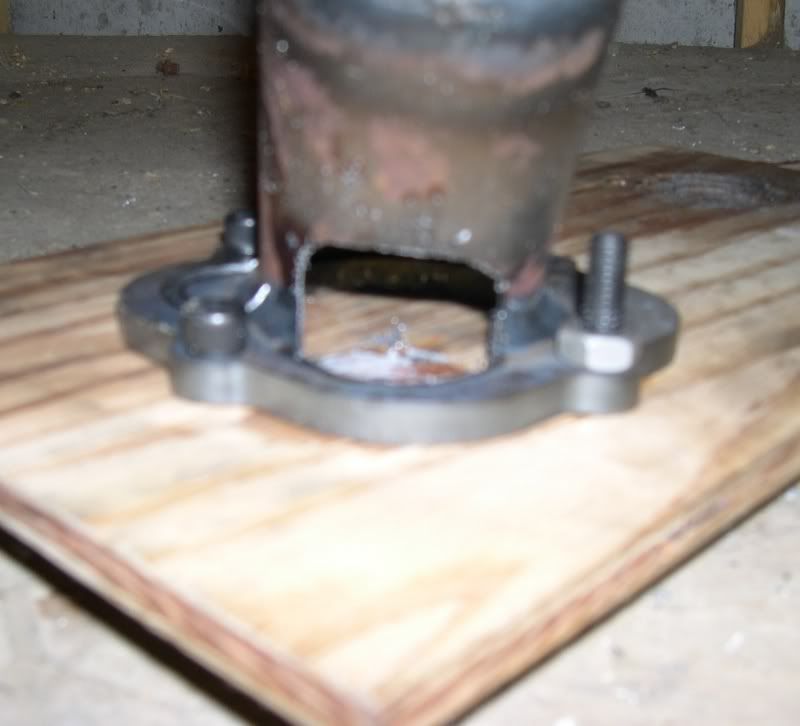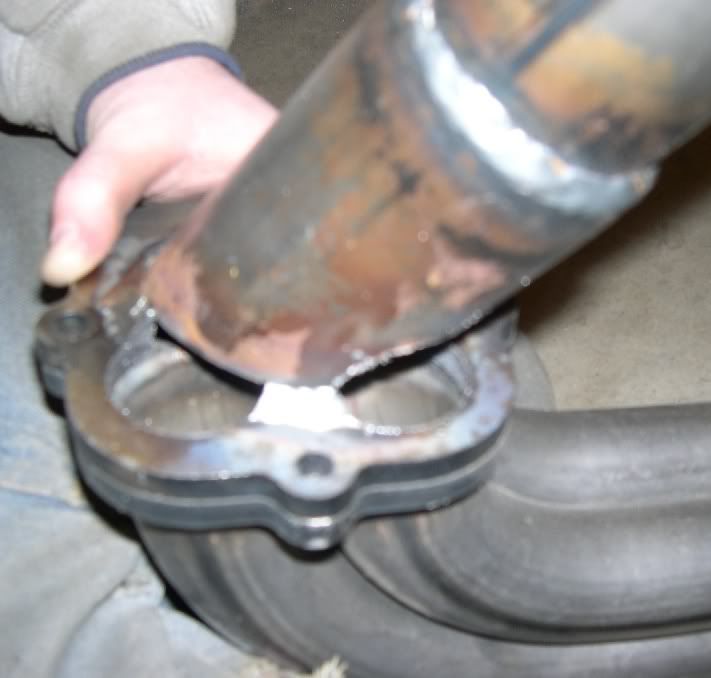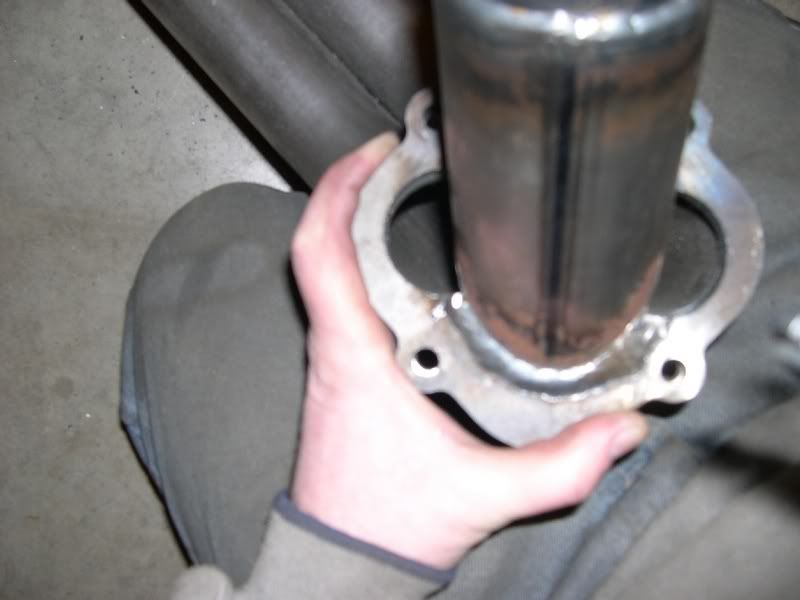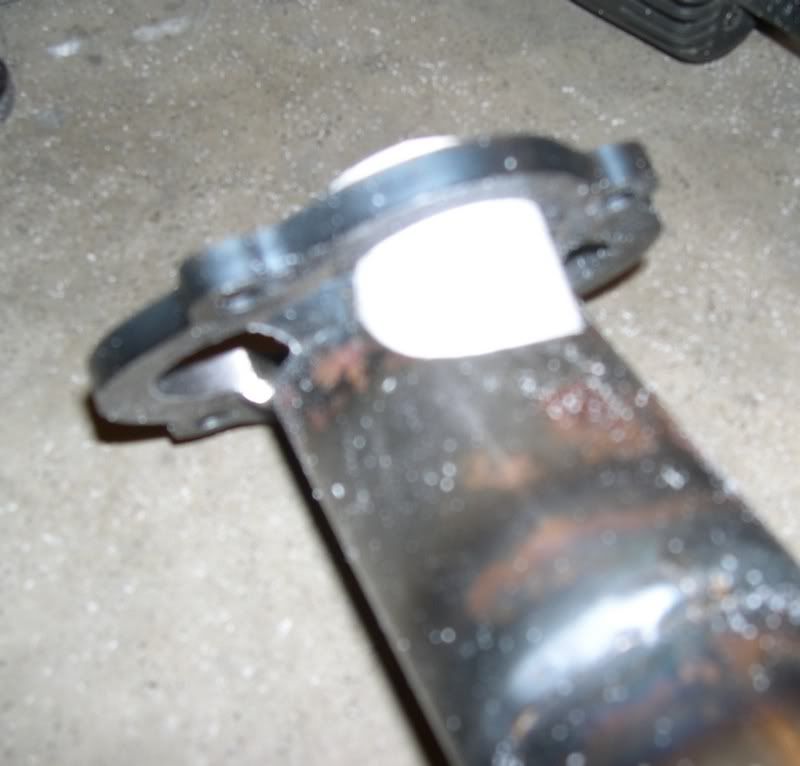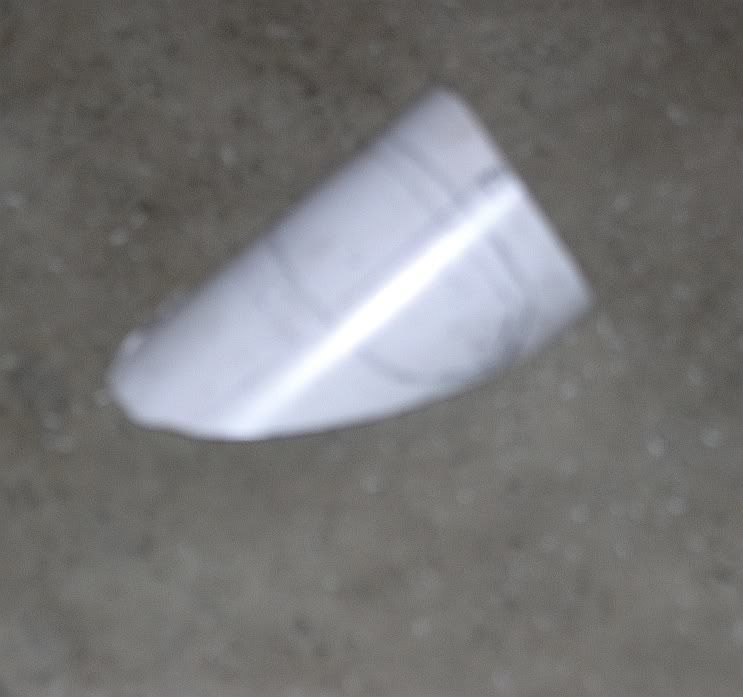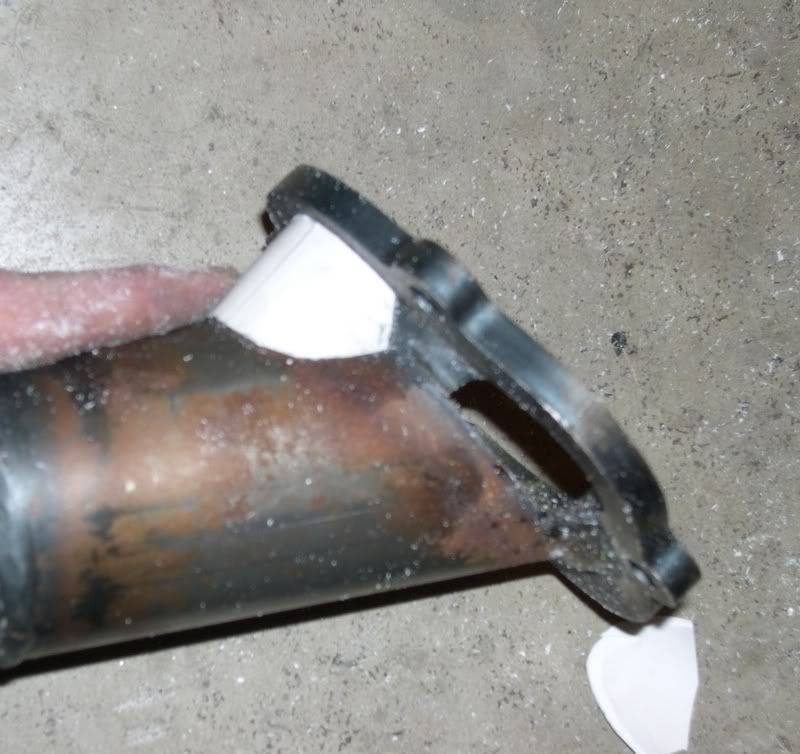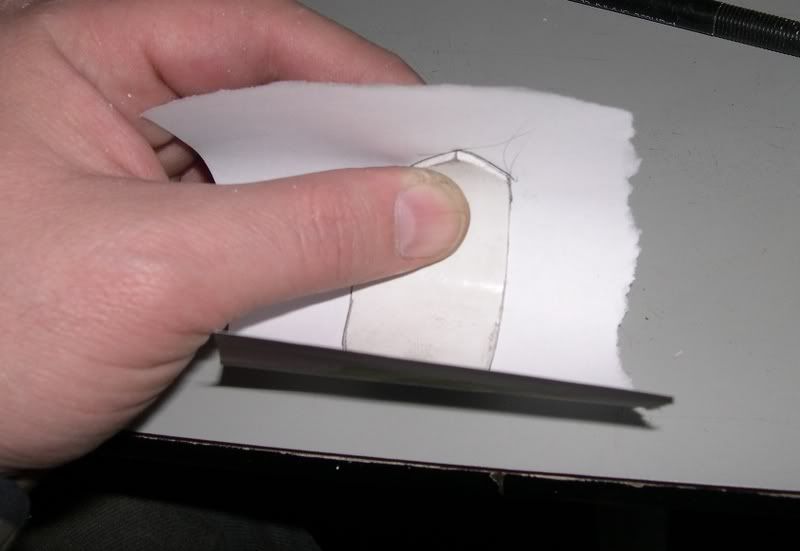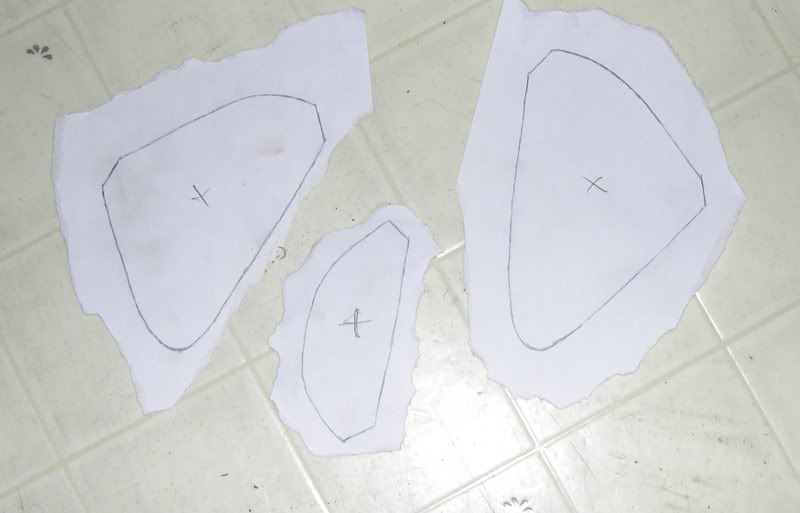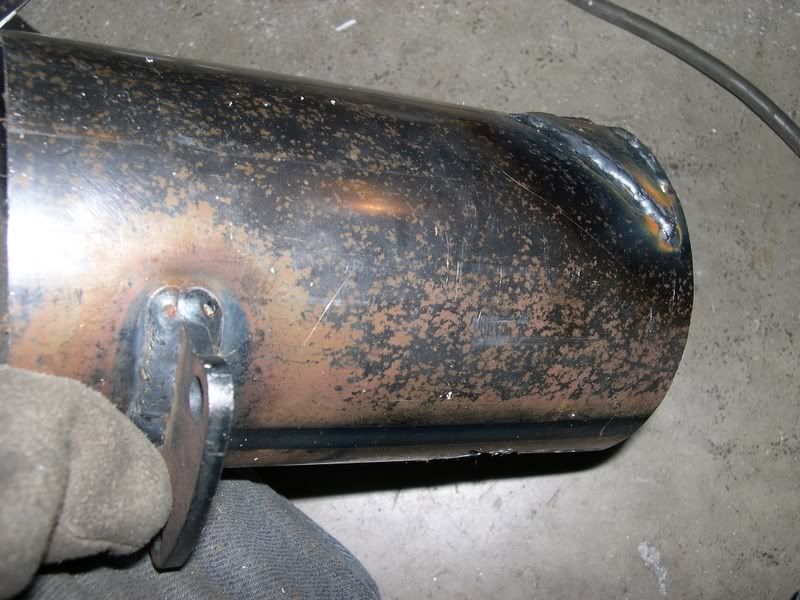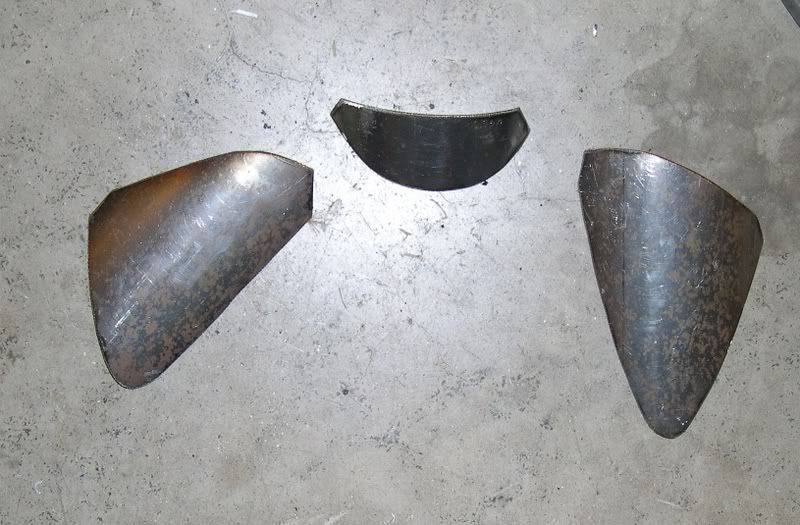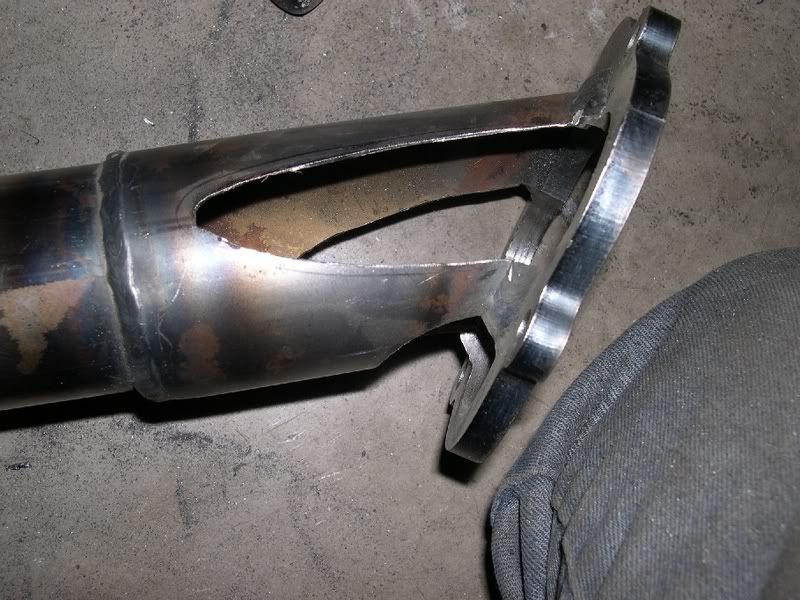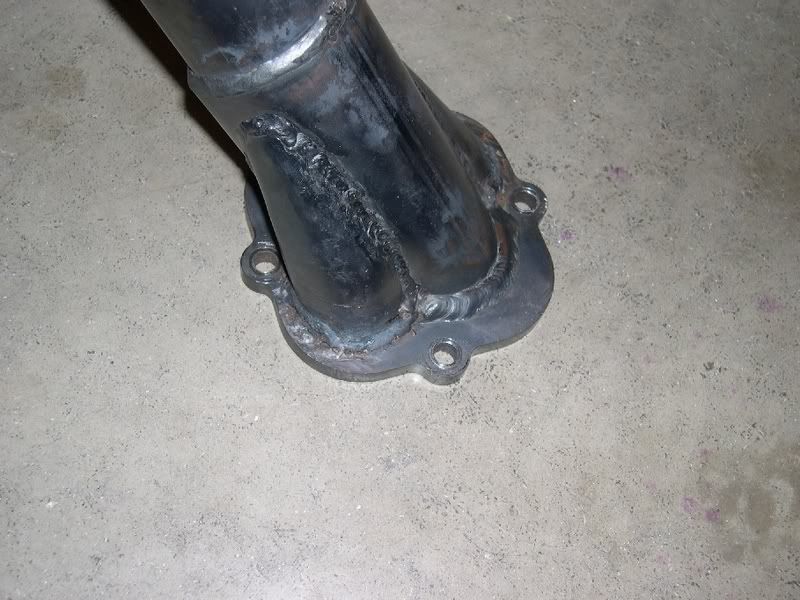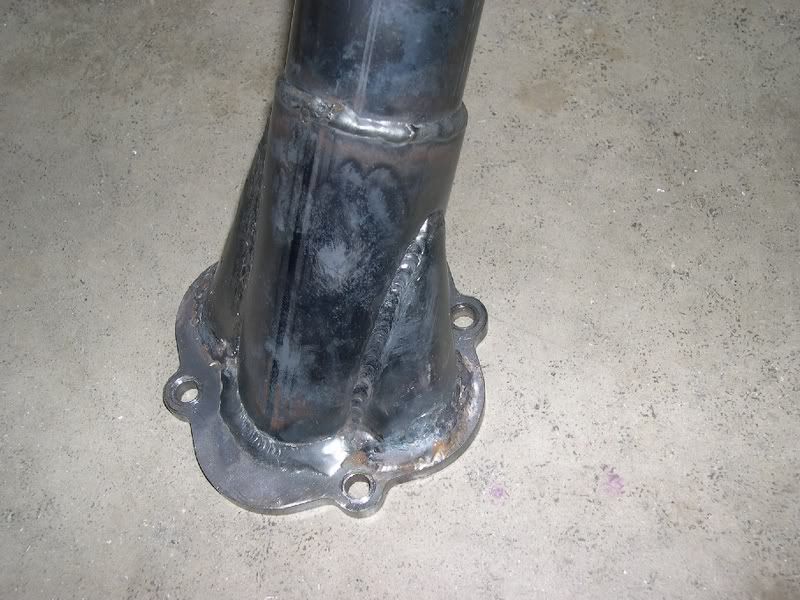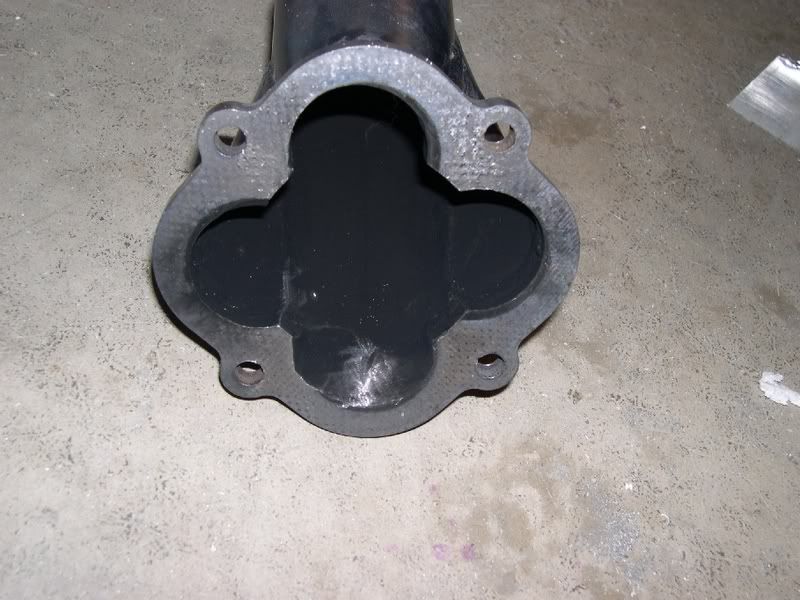Here are the instructions for super porting the J-Pipe. Do it at you own risk and use all appropriate safety precautions !!
When used on conjunction with the Aerospike Mod they were good for 23 hp during our exhaust shoot out.
I started by making a drill guide for cutting the port pattern in the J-pipe flange. This is a piece of ½” plywood about 8” x 20”. You want the length to help counter the drill press torque. The hole saw is a 1-3/4” bimetal and use the pilot bit for making this hole. You can see where we’re going as the guide for the 1st pipe is on the other end.
I then took the drill apart and placed the cup into the hole.
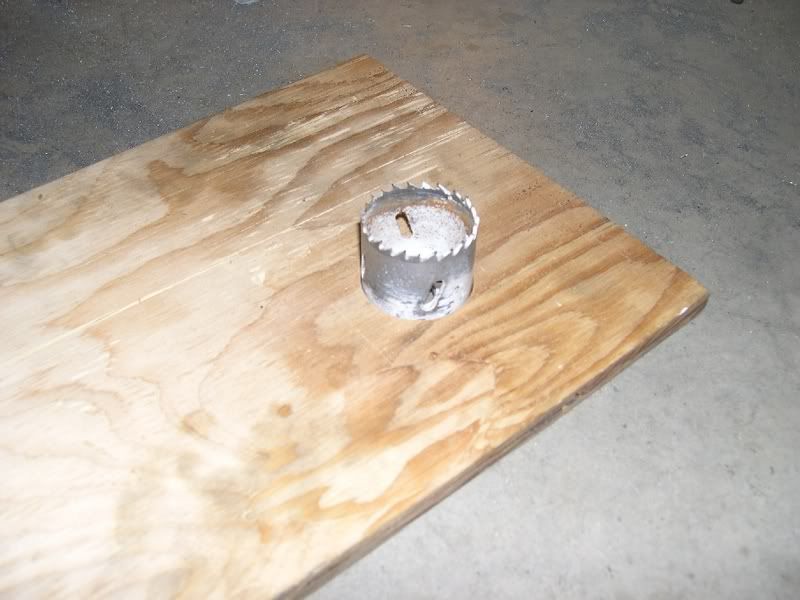
- Home
- Latest Posts!
- Forums
- Blogs
- Vendors
- Forms
-
Links

- Welcomes and Introductions
- Roadster
- Type 65 Coupe
- 33 Hot Rod
- GTM Supercar
- 818
- Challenge Series
- 289 USRCC
- Coyote R&D
- Ask a Factory Five Tech
- Tech Updates
- General Discussions
- Off Topic Discussions
- Eastern Region
- Central Region
- Mountain Region
- Pacific Region
- Canadian Discussions
- Want to buy
- For Sale
- Pay it forward
-
Gallery

- Wiki-Build-Tech



 Thanks:
Thanks:  Likes:
Likes: 

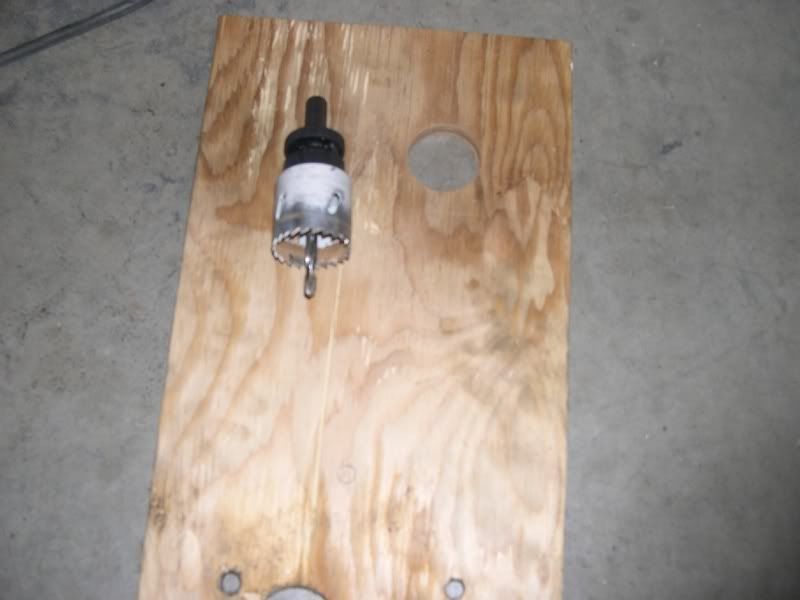
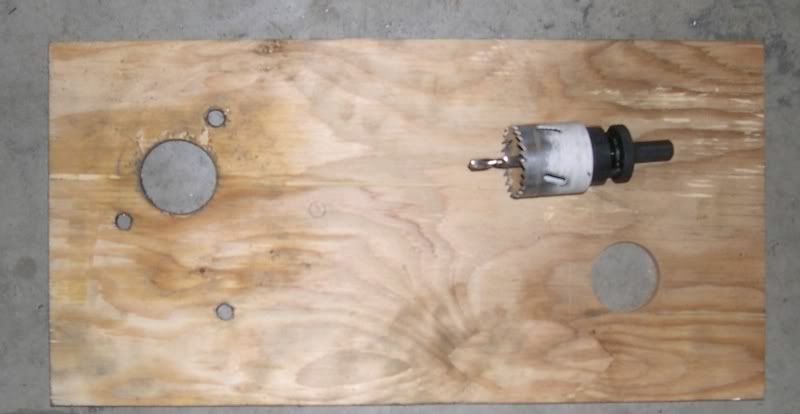


 Reply With Quote
Reply With Quote

